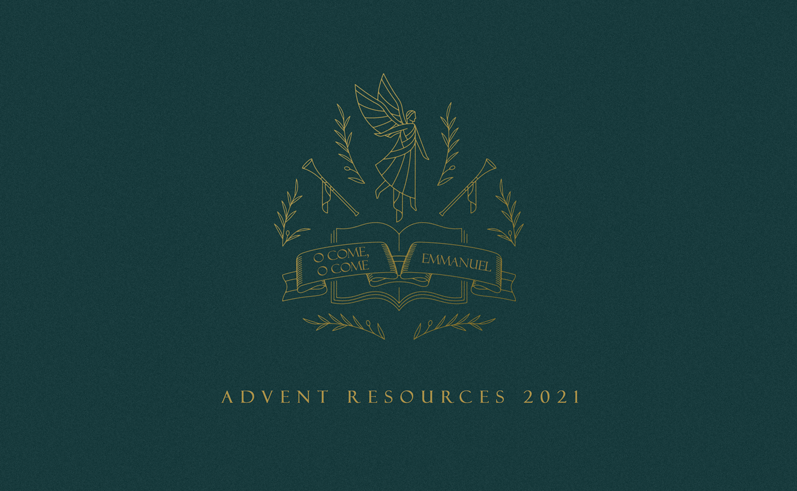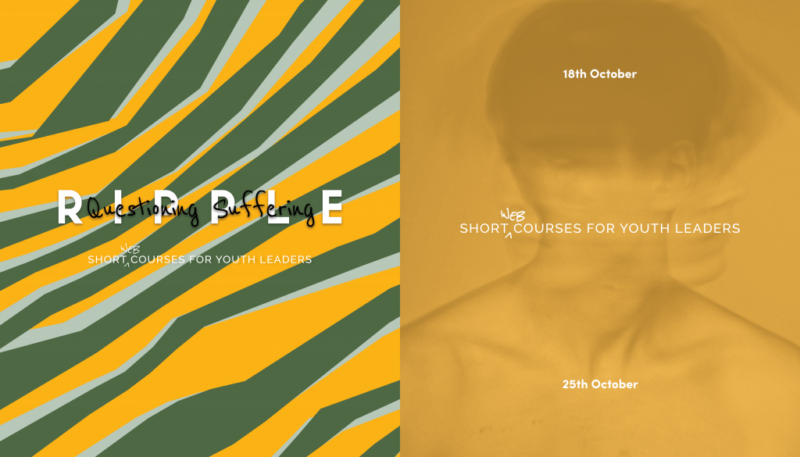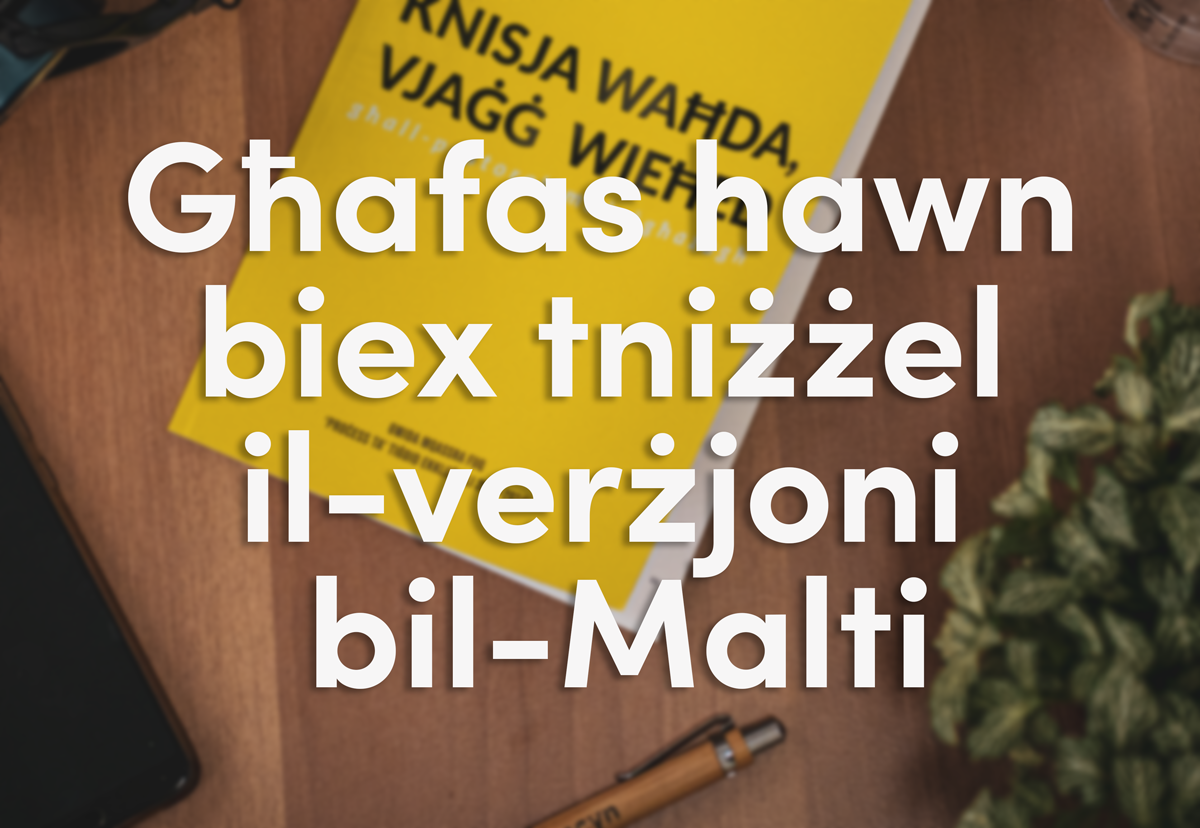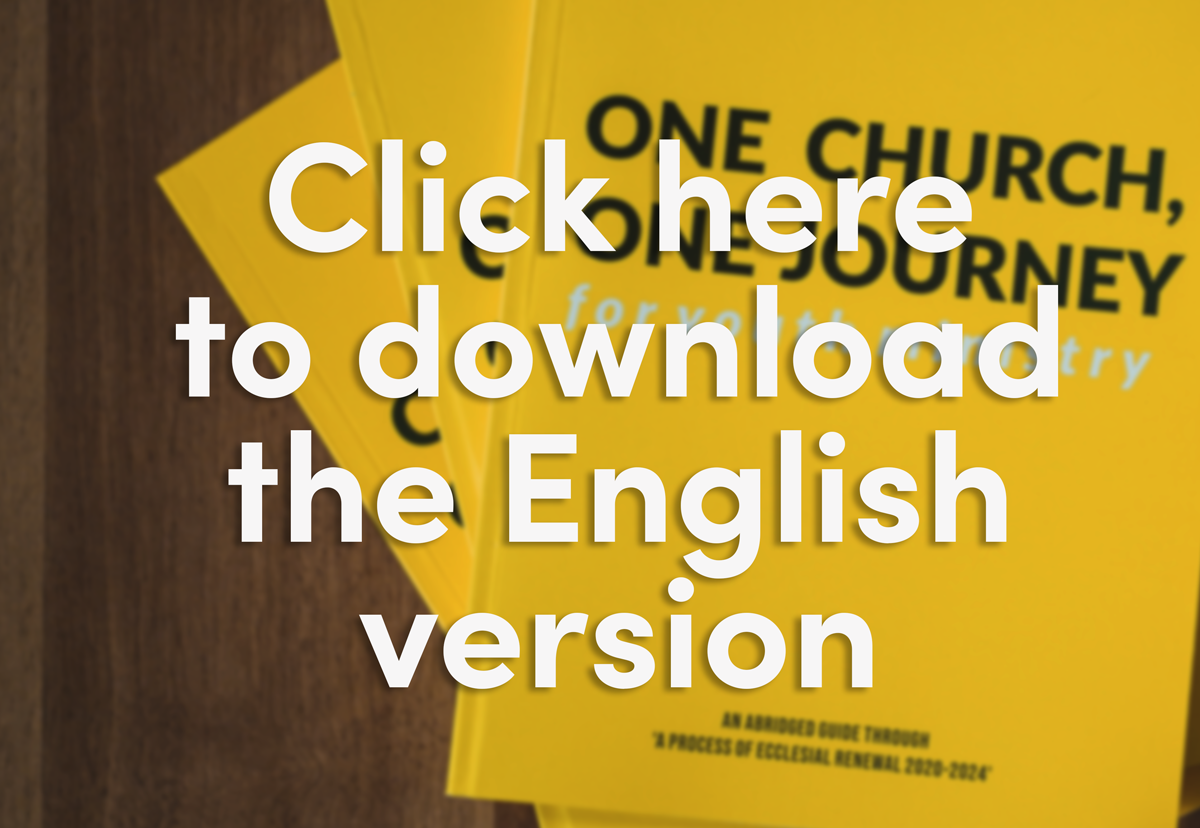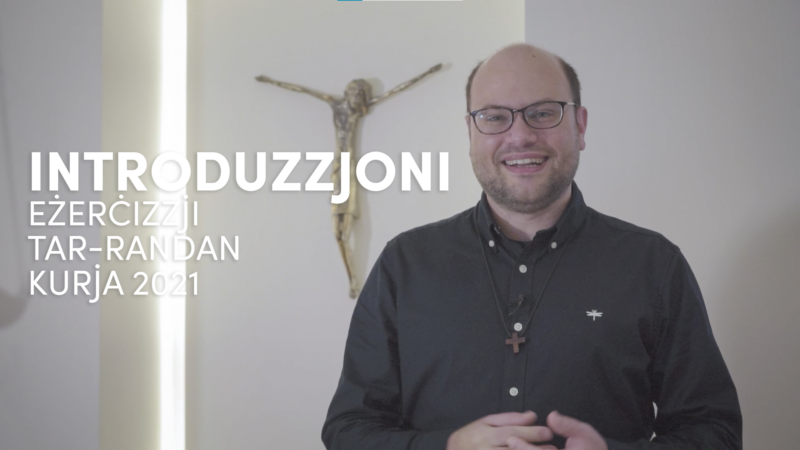
WHY YAHAD?
This series is based on Yahad, a document prepared by the Justice & Peace Commission (JPC) to help us reflect on how we can act constructively to build peace within our nation. You can find the full document here: https://yahad.mt/
Yahad is a term in Hebrew that is used in the Bible most often as an adverb in the sense of “together” and “with each other”. It also conveys the sense of unitedness and community.
CONTENTS
MCYN, in collaboration with JPC, has created a series of 6 different sessions to be used with young people, each one based on the Gospel readings of the first 5 Sundays of Lent, and Ash Wednesday.
The titles of each session are:
- Introduction – Niżżel bil-Malti | Download in English
- Goodness – Teaching & Discussion – Niżżel bil-Malti | Download in English
- Temperance – Teaching & Discussion – Niżżel bil-Malti | Download in English
- Courage – Film Night – Niżżel bil-Malti | Download in English
- Merciful Patience – Discussion – Niżżel bil-Malti | Download in English
- Reconciliation – Lectio Divina – Niżżel bil-Malti | Download in English
- Creativity – Activity – Niżżel bil-Malti | Download in English
AIMS OF THE SERIES
- To present to young people social justice themes.
- To link Scripture and the Teaching of the Church to real-life situations happening in our country.
- To give time to young people to reflect on the world around them.
- To help young people see matters of justice in light of Scripture.
- To encourage young people to be the positive change they long to see in the world.
SESSION OUTLINES
- Each session plan has an outline on the first page in order to give a brief overview of the meeting.
- A team overview can also be found before each session in order to help people lead different parts of the session smoothly.
- Each session is timed to be around 1 to 1.5 hours. The timings are estimates and are not there to be strictly adhered to.
Although this resource tries to be thorough, it is not thought out to be read off the paper as is, but to serve as a basis for sessions given by leaders. Each group is different, and therefore activities, discussion methods and teaching all need to be tailored according to the dynamic of the group. Should you need assistance in developing the resources further, or have any questions, please feel free to contact us.
https://yahad.mt/
Nilqgħukom għal Eżerċizzji tar-Randan 2021.
L-eżerċizzji jieħdu madwar 15-il minuta ghall-kull riflessjoni.
Aċċessa l-kontenut kollu billi tagħfas hawn taħt.
Aim:
- To enable brainstorming and idea generation.
Resources:
- Papers
- Pencils/pens/markers
Basic Structure:
- Present a broad question or problem that is likely to result in lots of different ideas or opinion.
- Have the participants generate responses by writing ideas on sticky notes (one idea per note) and placing them in no particular arrangement on a wall or whiteboard.
- Once lots of ideas have been generated, have the participants begin grouping them into similar categories.
- Label the categories and discuss why the ideas fit within them, how the categories relate to one another, and so on.
Variations:
- Have the participants do much of this exercise—recording their ideas and arranging them into categories—without talking at first.
- Participants are asked to re-combine the ideas into new, different categories after the first round of organization occurs.
Adapted from: www.cultofpedagogy.com/speaking-listening-techniques/

Aim:
- To help participants reflect on an experience/session.
Resources:
- Papers
- Pencils/pens/markers
Basic Structure:
- Participants are asked to write down one of the following in exactly one minute:
- the most eye-opening revelations from the session
- the biggest questions they’re left with
- a summary of what was said during the session
- an answer to a reflective question presented by the leader
- what they want to remember from the experience/session
- A timer for 1 minute is set & participants start writing.
Variations:
- One-minute papers can be stuck onto a noticeboard.
- One-minute journals: Participants can be asked to write one-minute papers on a personal journal at the end of every session (journals can be kept by the leaders or by the participants).
- One-minute monologue: Participants can be split into pairs & asked to give a one-minute monologue to their partner about the topic.
- One-minute message: Participants can be asked to write a message for one minute that is then sent to a leader. (This can be a way of receiving feedback of what is actually being retained.)
Adapted from: www.nureva.com/blog/education/15-ways-to-spark-student-reflection-in-your-classroom

Aims:
- To enable critical thinking in discussions
- To help participants consider opposite views than the ones they have.
Basic Structure:
- Divide participants into two groups.
- Assign each group different viewpoints (for example, Group 1 in favour of eating gummy bears for lunch and Group 2 in favour of eating burgers).
- Allocate some time for the group to discuss their viewpoint.
- Groups are to debate against each other on the topic for a set amount of time (for example 5 minutes).
- Once the debate is over, ask each group to argue the opposing view (for example, Group 1 now argues in favour of eating burgers).
- The debate is then repeated (for the same amount of time).
Variations:
- Instead of assigning viewpoints to each group, as participants to group up according to their opinion (without mentioning they will have to argue against their opinion).
- Divide participants into 3 groups and have 1 group act as observers to the debate.
Adapted from: www.linkedin.com/pulse/debate-activities-classroom-farah-najam






